Cover letter general template
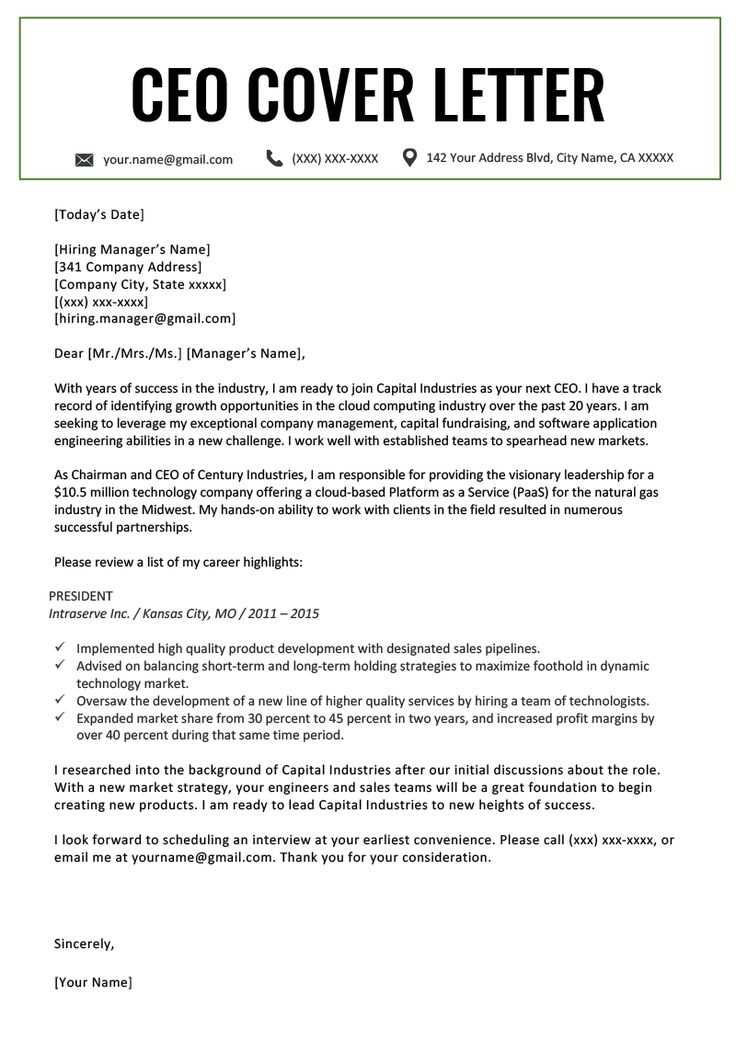
Tailor your cover letter to the specific job you’re applying for. Start with a clear introduction that identifies the role you’re interested in and how you came across the opportunity. This is your chance to quickly grab attention and make the employer want to read more.
Be concise and to the point. Clearly state why you are the best fit for the job by highlighting key skills, experiences, or qualifications. Make sure these points directly align with the job requirements mentioned in the job listing.
Show how your background matches the company’s needs. Demonstrate how your experience will contribute to the team’s goals. Mention relevant projects, accomplishments, or challenges you’ve faced in previous roles that are directly applicable to the position you’re applying for.
End with a brief but strong closing paragraph. Thank the employer for considering your application, and express your desire for a follow-up discussion or interview. Keep it professional yet approachable, inviting them to contact you with any questions or to schedule a meeting.
Cover Letter General Template
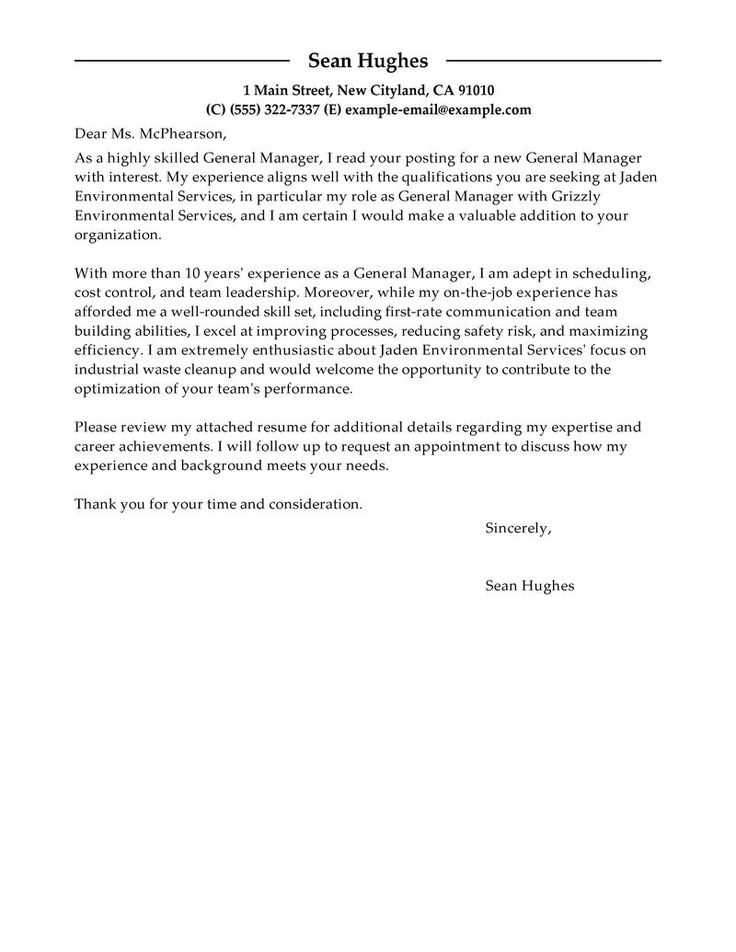
A well-structured cover letter should always begin with a clear and direct opening. Start by addressing the hiring manager by name if possible, or use a neutral salutation like “Dear Hiring Manager” if the name is unavailable. The introduction should briefly explain who you are and why you’re applying for the role.
Introduction
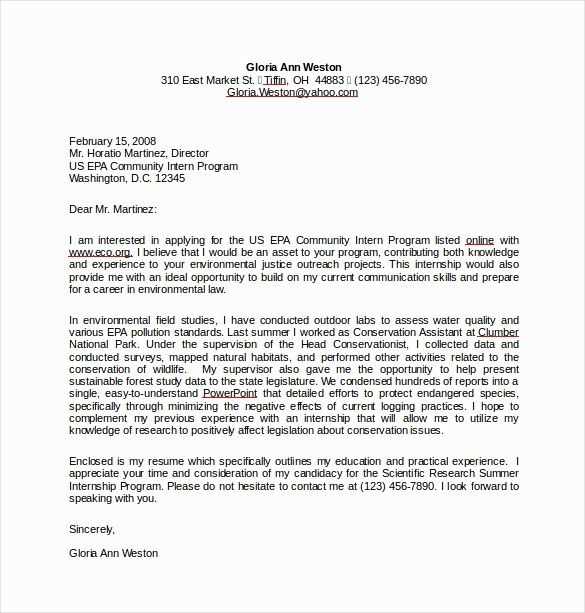
For example: “I am writing to express my interest in the [Job Title] position at [Company Name], as advertised on [Job Board/Company Website]. With a background in [Your Field] and [Number] years of experience, I am confident in my ability to contribute effectively to your team.”
Body
In the next section, highlight your key qualifications and skills relevant to the role. Mention specific achievements or experiences that demonstrate your capabilities and fit for the position. Use bullet points if necessary to emphasize your accomplishments.
Example:
• Successfully led [Project Name] that resulted in [Achievement].
• Developed expertise in [Skill/Technology], enhancing [Result].
Make sure to show how your skills align with the company’s needs and values. Avoid repeating information already in your resume. Instead, focus on how your experience uniquely qualifies you for the position.
End with a clear closing statement. Express your enthusiasm for the role and your willingness to discuss your qualifications further during an interview.
For instance: “I am excited about the opportunity to bring my skills to [Company Name] and look forward to the chance to discuss how I can contribute to your team. Thank you for considering my application.”
Finish by signing off with “Sincerely” or “Best regards,” followed by your full name.
Choosing the Right Format for Your Cover Letter
Use a clean, professional layout that makes your cover letter easy to read. Choose a standard business letter format, starting with your contact information at the top. This includes your name, phone number, email address, and date, followed by the employer’s contact details.
Align the text to the left for a more structured appearance, leaving space between paragraphs. Avoid overly complex fonts or excessive styling. Stick to simple, easy-to-read fonts like Arial or Times New Roman in 10-12 point size.
Keep your sections organized: the introduction should express your interest in the position, while the body explains your qualifications. End with a closing paragraph that invites the reader to contact you for an interview. Always sign off formally with “Sincerely” or “Best regards.”
Don’t forget to include a subject line if sending via email. Make sure it reflects the job title or position you’re applying for. This helps the recruiter identify your application quickly.
Structuring the Body to Highlight Your Skills
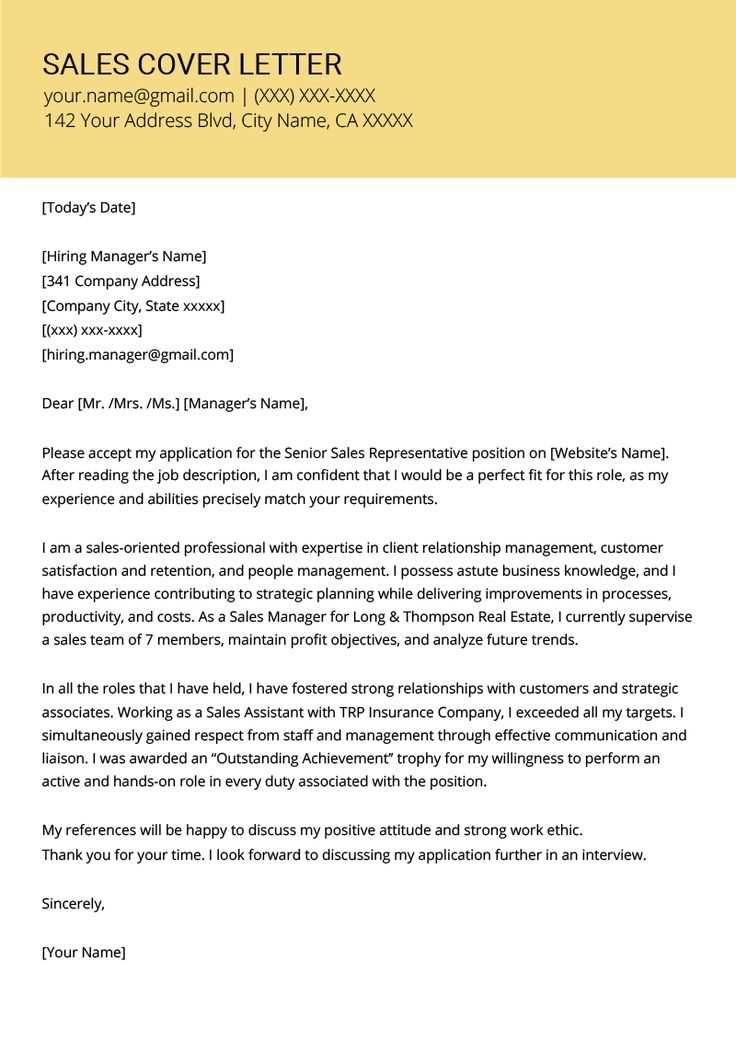
Focus on matching your skills with the job description. Clearly outline how your background fits the company’s needs. Use specific examples to demonstrate your expertise and show how you can contribute to the role. Each skill should be backed by a concrete achievement or experience.
- Start with the most relevant skill. Highlight your proficiency with concrete data, such as the number of years you’ve worked with a particular tool or technology.
- Use bullet points for clarity, listing key accomplishments that reflect the job’s requirements.
- For technical roles, emphasize the specific tools or software you’ve mastered, detailing how you’ve applied them in past positions.
- Include soft skills like communication, problem-solving, and leadership, but make sure to tie them directly to your past work to show real-world application.
- Tailor each example to the company’s goals. Show how your contributions can help solve their challenges.
Keep the language clear and concise. Avoid jargon unless it directly applies to the role you’re applying for. Presenting your skills in the context of real outcomes creates a stronger impression than listing traits alone.
Conveying Your Motivation and Interest in the Role
Show how your skills align with the job by discussing specific tasks or responsibilities you are excited about. Mention how your background directly connects to the company’s mission or goals, highlighting shared values or objectives. Use examples from your experience to demonstrate why you are motivated to take on this role and how it fits into your career path.
Avoid generalizations and focus on particular aspects of the position that spark your enthusiasm. Express your genuine excitement about contributing to the company’s success and mention any relevant accomplishments that reinforce your interest. Be clear about what excites you about the position and how you see yourself growing within the company.
Keep the tone positive, and show that you’ve researched the company by referencing their recent achievements, projects, or industry standing. Mention how you can add value right away and why you are passionate about taking on the challenges the role offers.
Closing with a Strong Call to Action
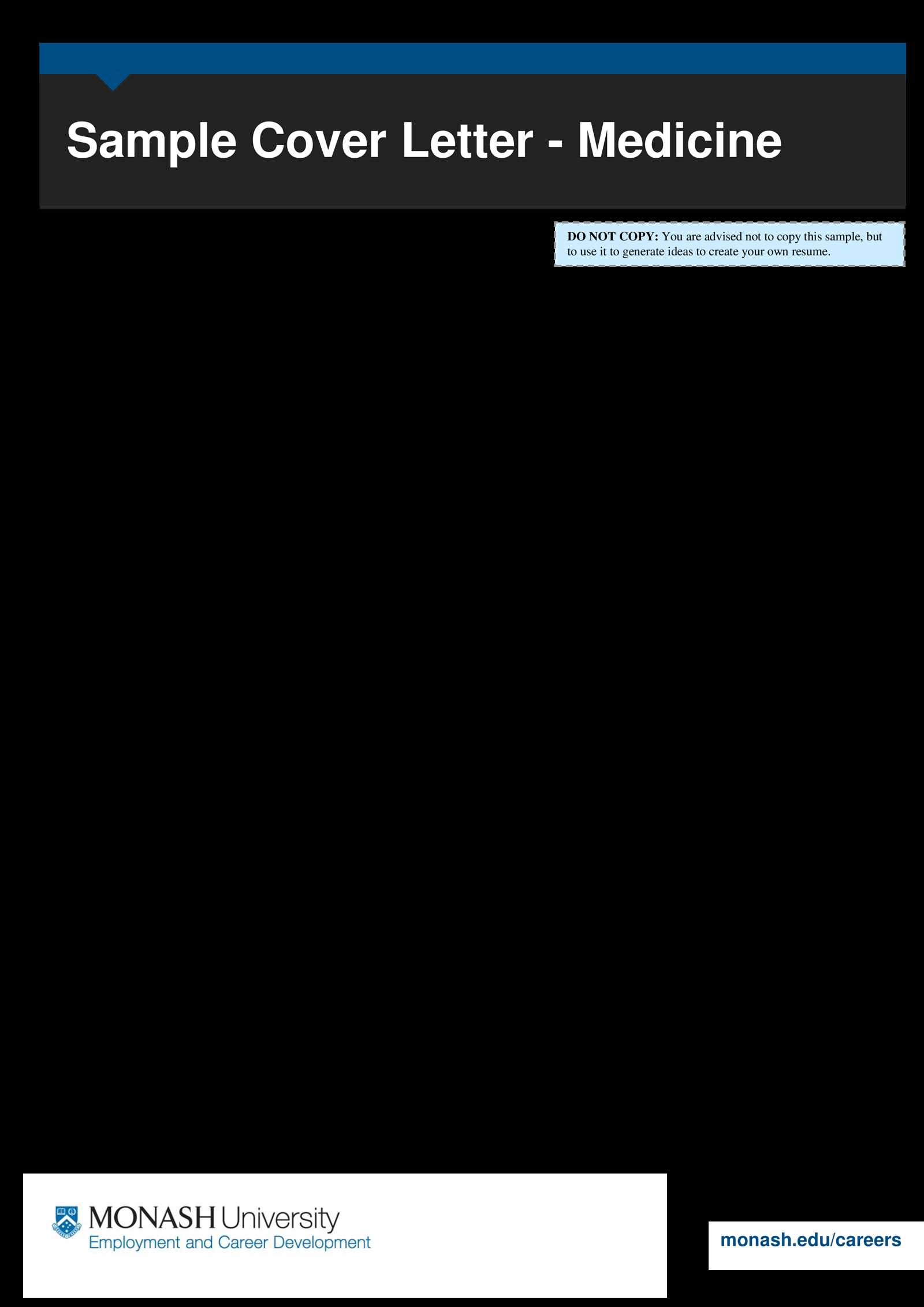
End your cover letter with a clear, direct call to action that encourages the reader to take the next step. Be confident in your closing statement, and make it easy for them to reach out. Instead of waiting for them to contact you, offer a specific action. For example, “I look forward to discussing how I can contribute to your team in more detail during an interview.” This shows your eagerness and sets the stage for a future conversation.
Be specific about availability. Mention a timeframe in which you are available to connect, like “I am available for an interview at your convenience next week.” This gives them a clear idea of your readiness to engage further.
Express appreciation for their time and consideration. A simple “Thank you for considering my application” goes a long way in showing your gratitude and professionalism. End with your signature line and contact information, ensuring they have all the details to easily follow up.
Reviewing and Customizing the Template for Each Job Application
Tailor your cover letter to match the specifics of each job. Adjust the introduction to reflect why you are excited about the specific role. Mention the company by name and connect your skills to the job description directly.
Review the job listing carefully. Identify key skills or qualifications the employer values and align your experience with these. Instead of using a generic phrase like “I have great communication skills,” specify a particular instance where your communication made an impact, such as resolving a customer issue or presenting a successful project.
Don’t forget to personalize the closing paragraph. Refer to something specific about the company culture or projects that resonate with you, showing that you’ve done your research. This makes your application feel more genuine and thoughtful, rather than a copy-paste response.
Finally, keep the tone consistent with the job’s formality. If the company is more relaxed, you can adjust the language accordingly. If it’s a corporate setting, maintain a more professional tone throughout.